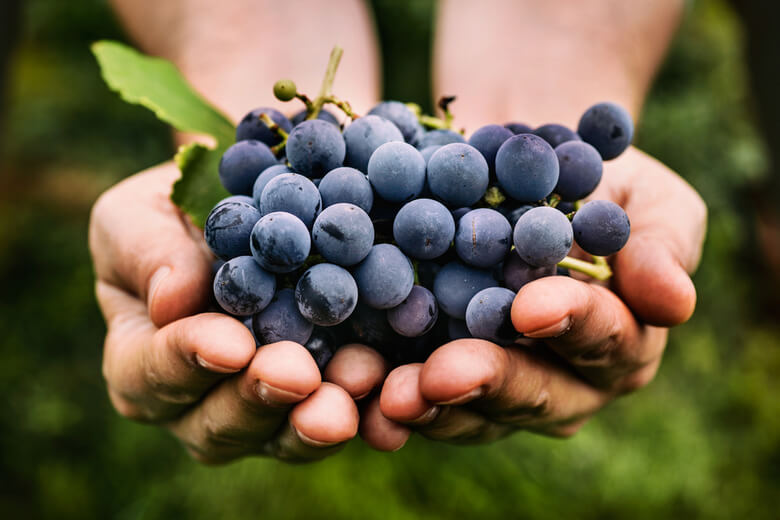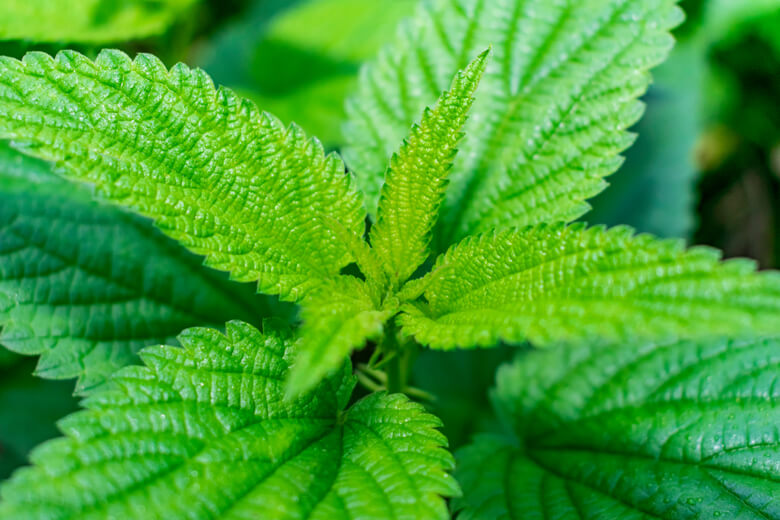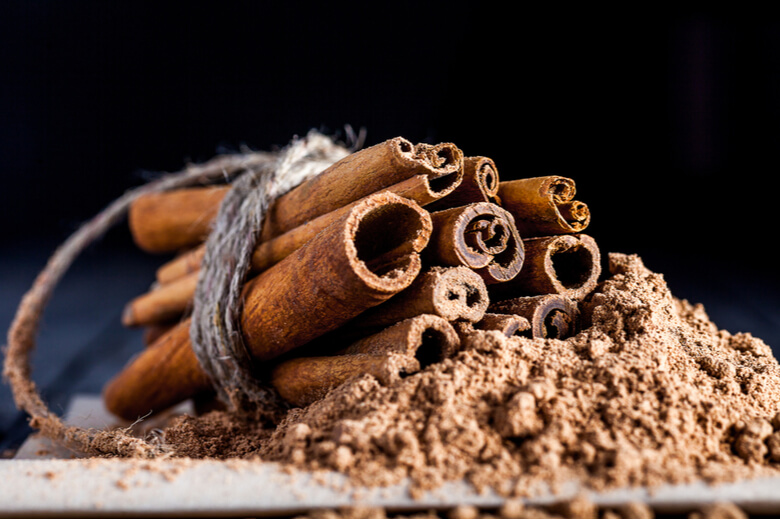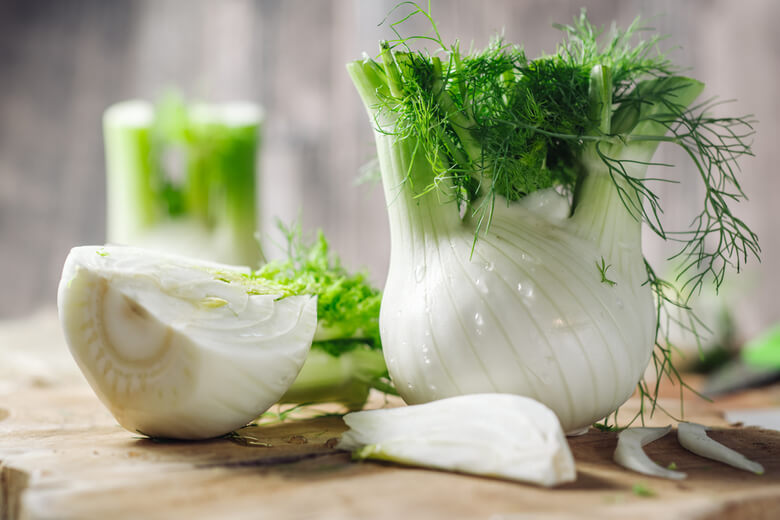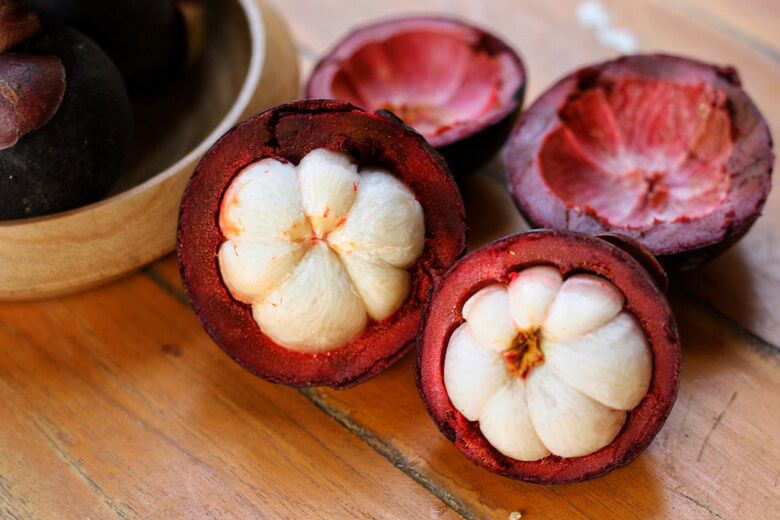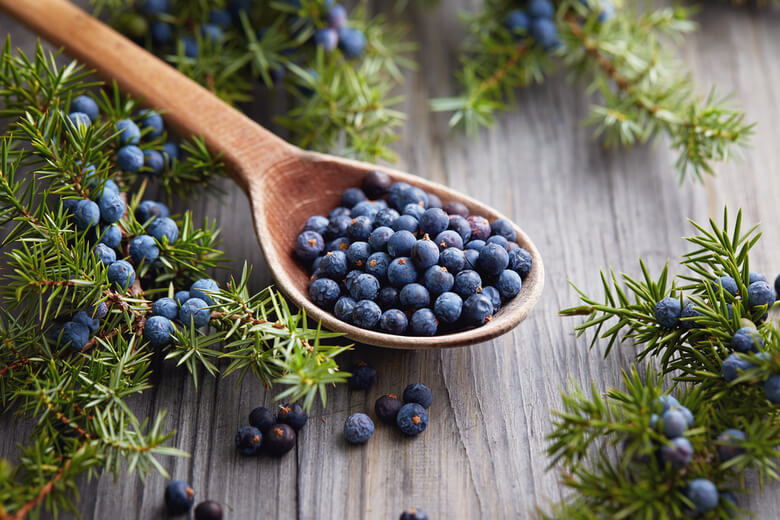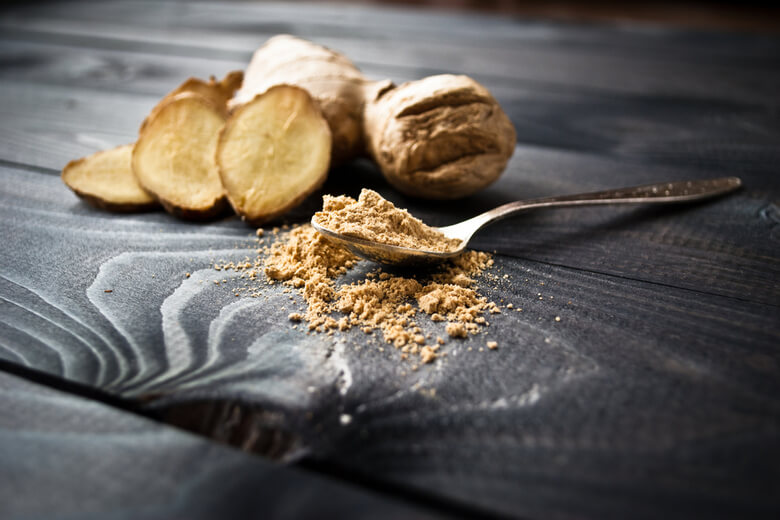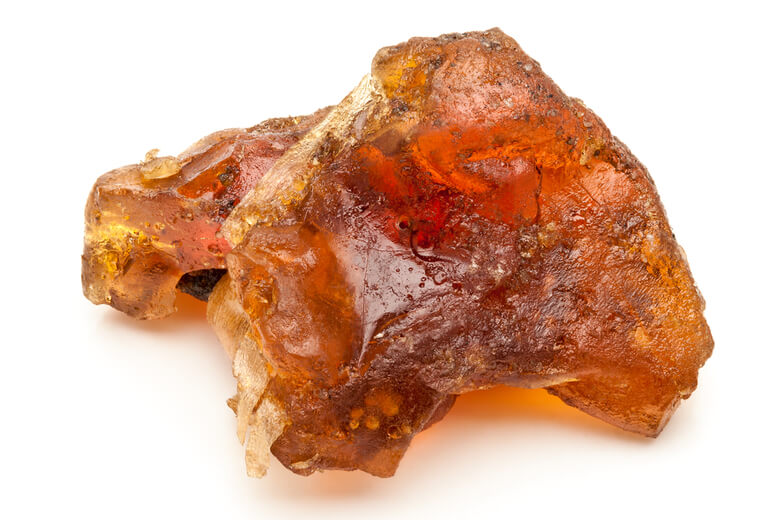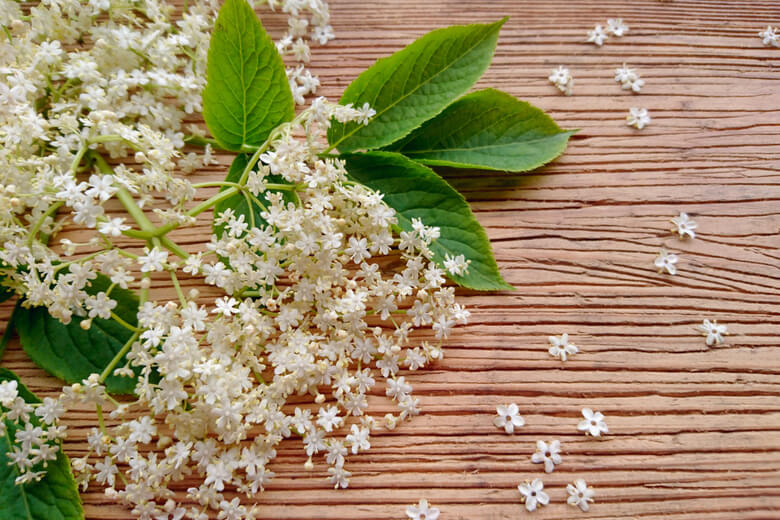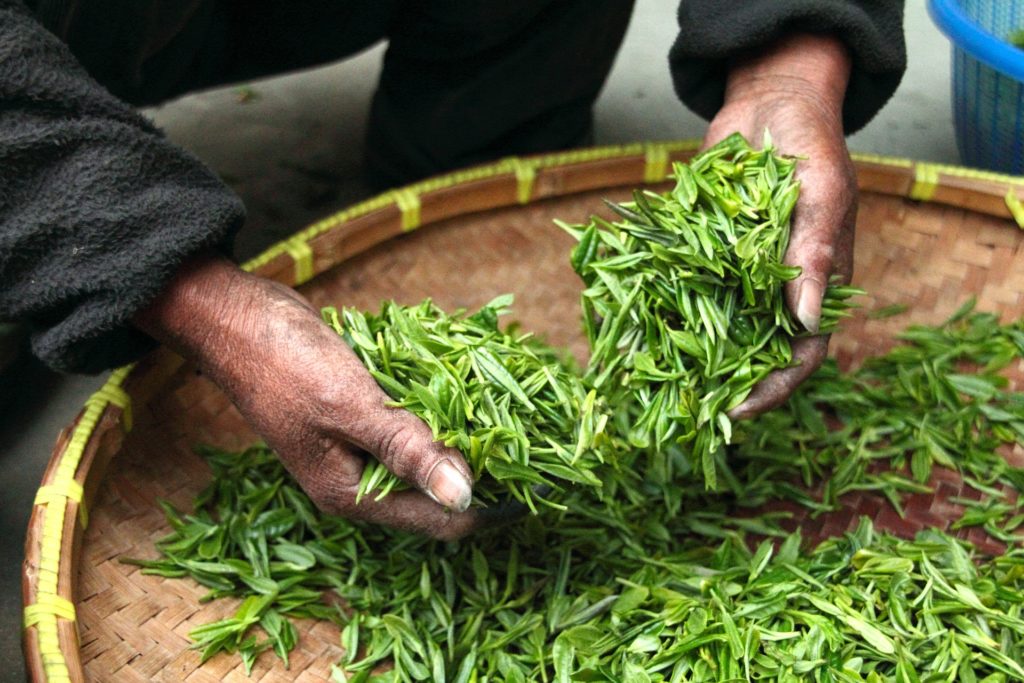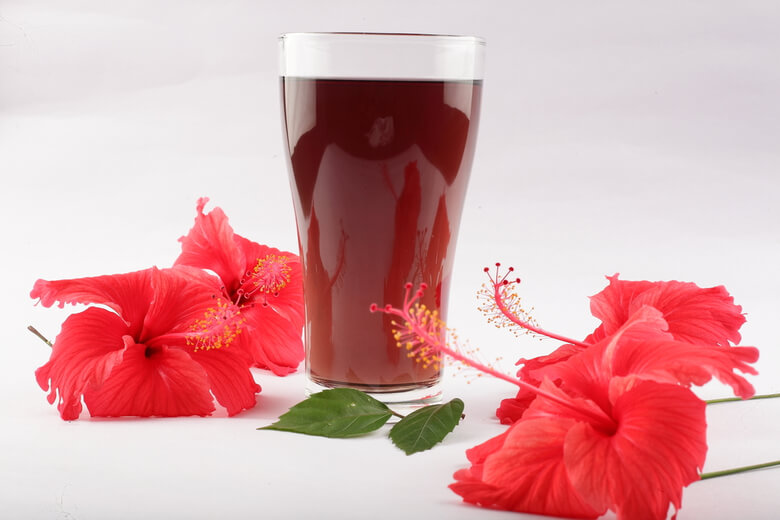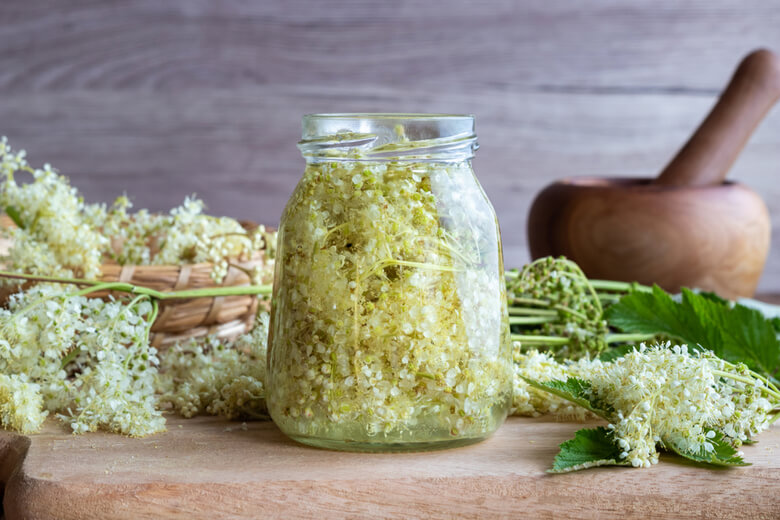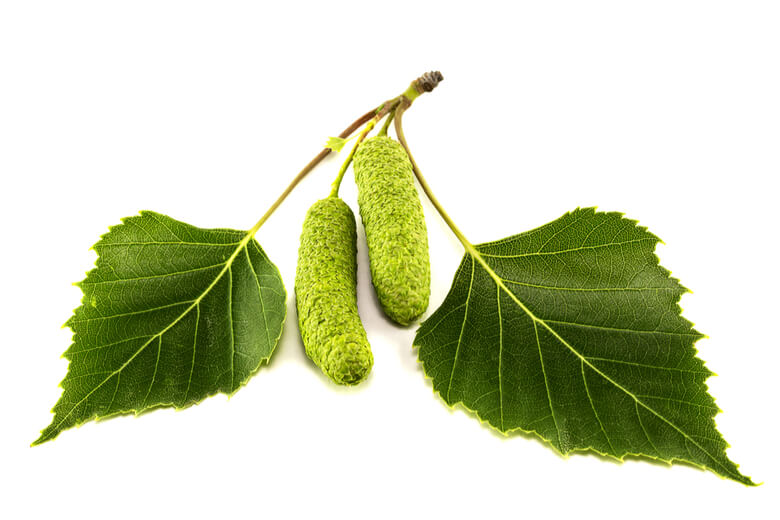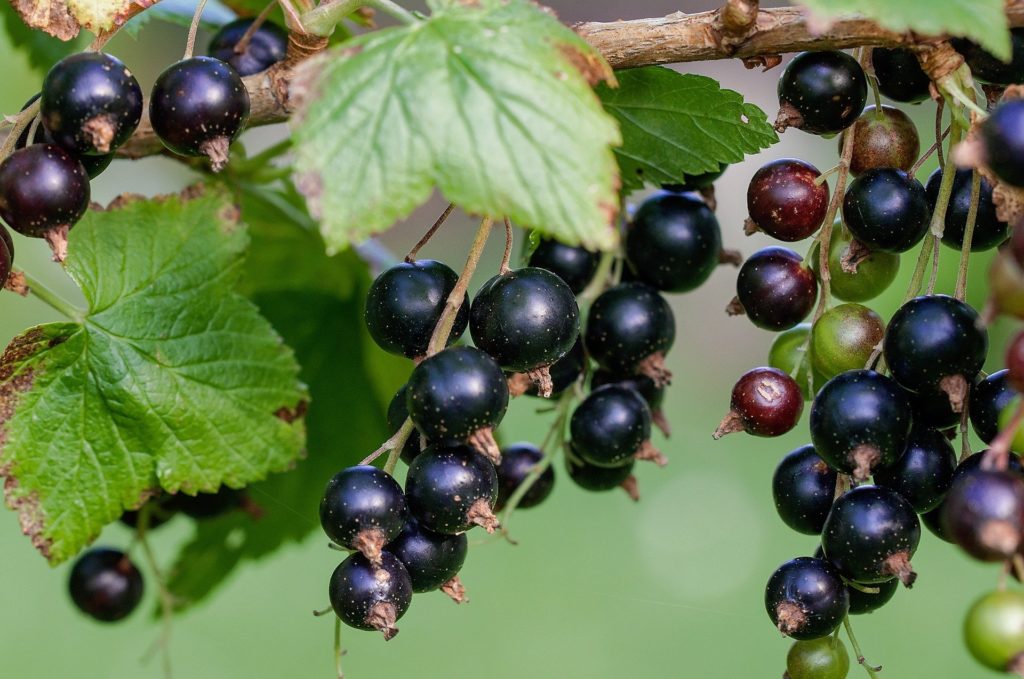The blood plays a major role in the DETOX. Indeed, it carries the toxic metabolic waste which is excreted from the cells in which it accumulates.
People suffering from venous insufficiency therefore have more difficulties than others to carry out an effective DETOX.
Red vine is the queen plant to remedy this pathology.
Red vine
Here is some useful information about it.In autumn, in the Beaujolais region, the leaves of some so-called wild vines turn blood red, hence their nickname:red vine.
The vine (Vitis vinifera) is certainly the plant that was cultivated the earliest in history, along with cereals.Originally from the Phocaean area (Asia Minor), it gradually spread to the countries bordering the Mediterranean, and was present in Greece from 1,700 BC.
It penetrated Gaul through the port of Massalia (Marseille) around the 5th century BC and its cultivation spread throughout the south of France, with the consumption of wine spreading throughout Europe, as attested by the countless amphorae used to transport it that can be found in all archaeological sites.
In the Middle Ages, the vine became omnipresent in the land cleared from the forest around the monasteries.
We will not describe here this woody, climbing and sarmentaceous plant well known to all, limiting ourselves to the only species that interests us in our context: the dyer (still called wild) whose leaves have the particularity of turning blood red in autumn.
The interest of the red vine in phytotherapy does not lie in its fruit (the grape) but exclusively in its leaves.
RED VINE: TWO ACTIVE INGREDIENTS WITH COMPLEMENTARY VIRTUES
Two active ingredients with complementary virtues
Red vine contains in notable proportions 2 major components:
#Anthocyanosides (they give it its characteristic red colour) which have a vitamin P activity.
We call P vitamins a group of substances that protect the capillaries by reducing their permeability, which increases their resistance and thus stimulates the return circulation, avoiding venous stasis: anthocyanosides from the red vine, rutin from buckwheat, hesperedin from lemons and oranges, epicatechin from the kola nut, phloridozin from the roots of the apple tree, esculoside from the bark of the horse chestnut.
The hyper-permeability of the capillary walls induces another risk: vascular rupture (risk aggravated in case of hypertension) which has serious consequences: strokes, haemorrhages, retinopathy, purpura (purplish skin patches due to circulation outside the capillaries), spontaneous bruises or those caused by the slightest cause.
# From Proanthocyanidols contained in the tannins of which the red vine is very rich.Not only are the tannins astringent and vasoconstrictor, complementary to the anthocyanosides in stimulating venous return, but the proanthocyanidols they contain have a remarkable antioxidant activity.
By opposing the formation of free radicals, they protect the collagen fibres that reinforce the structure of the capillary membranes.
Properties of red vine
- Vaso-constrictor
- Veinotonic
- Veinoprotector
- Phlebotonic
- Astringent
- Antiradicular
- Antioxidant
- Anti-inflammatory
Indications
- Varicose veins
- Heavy legs
- Hemorrhoids
- Venous insufficiency
- Capillary fragility
- Purpura
- Couperose
- Tendency to bruise
- Hypertension
- Ovarian disorders: heavy, painful periods
- Menopausal disorders
- Congestive states (requiring DETOX)
- Plethoric states (requiring DETOX)
- Edema (requiring DETOX)
- Overweight (requiring DETOX)
- Cellulite (requiring DETOX)


